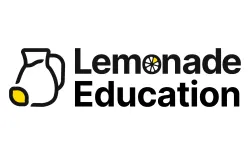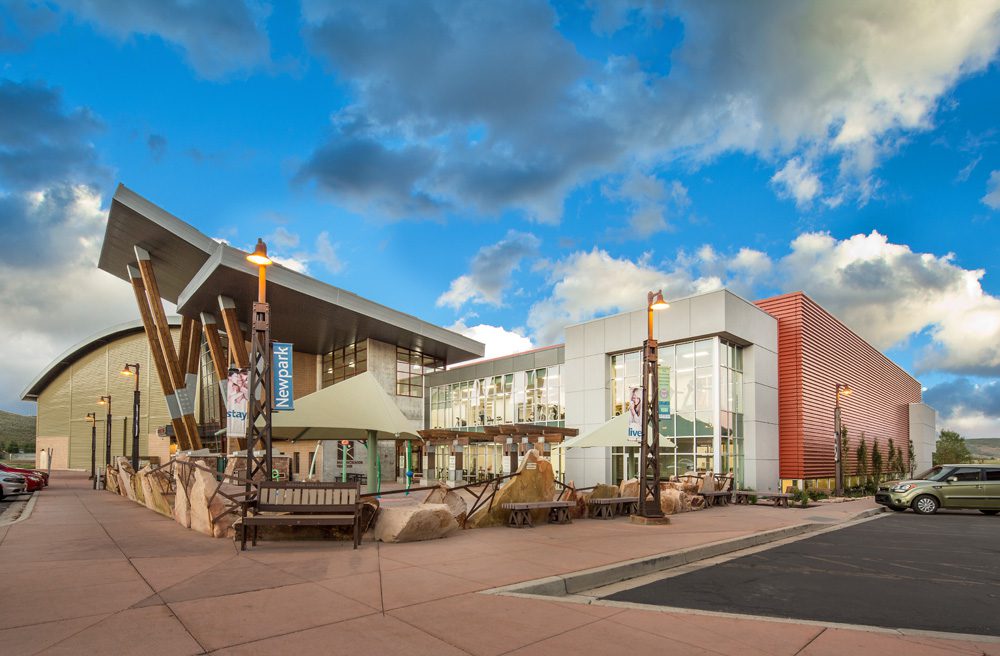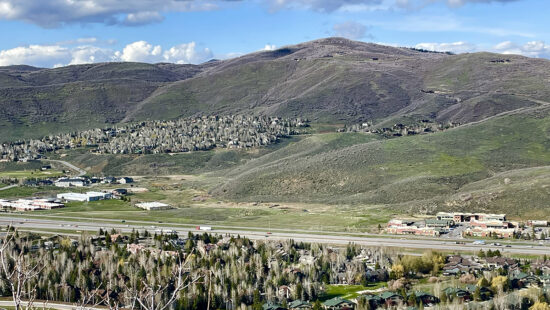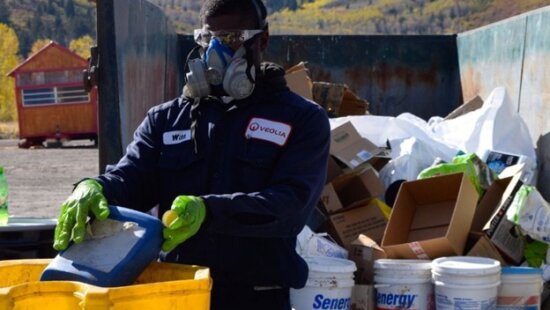Town & County
Recycle Utah’s future in limbo as County says ‘support’ isn’t ‘commitment’
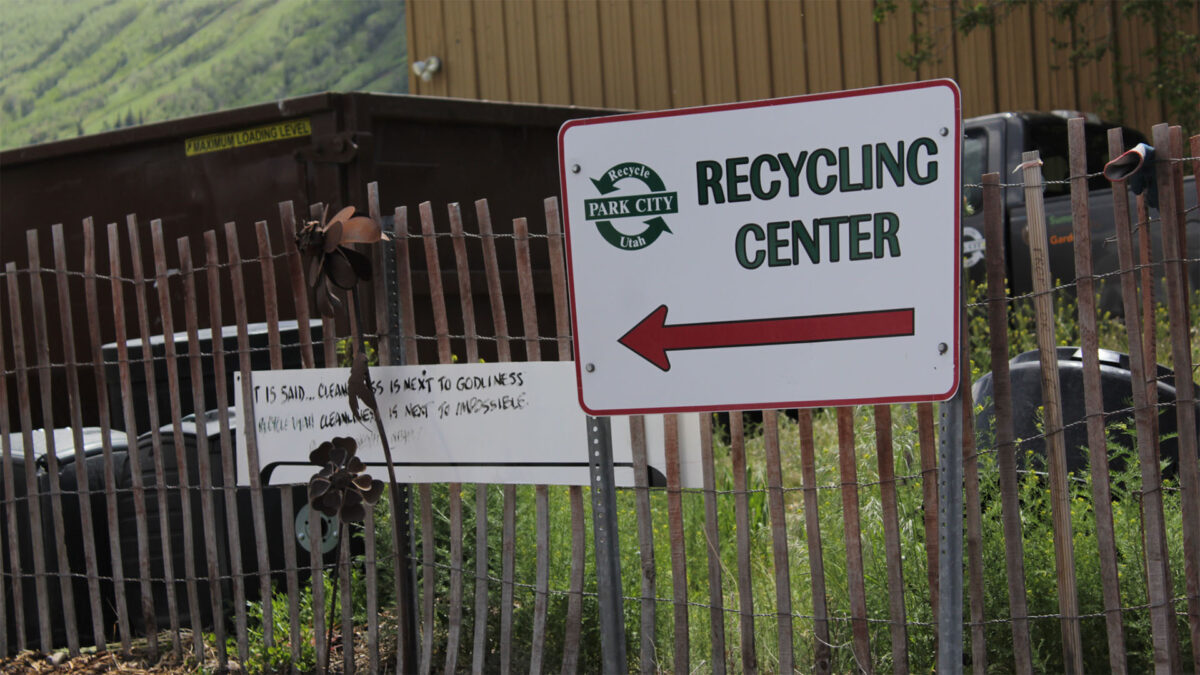
Recycle Utah currently operates on a 0.4-acre site at Park City’s old transit facility since 1996 Photo: TownLift
While the nonprofit has been offered a potential new site near Home Depot (known as Lot 4), valued at nearly $7 million, the county has not offered funding for construction, and Recycle Utah says it lacks the capital to build
PARK CITY, Utah — This week, Summit County councilors gave Recycle Utah one month to show where it will relocate and how it will pay for the move before the nonprofit’s Park City drop-off center closes in 2026. Park City leaders, meeting a day later, asked for more data but did not impose their own deadline.
In late May, a draft letter obtained by TownLift signaled that Summit County and Park City officials were planning a new regional recycling program that would phase out Recycle Utah’s long-standing role as the county’s primary drop-off center.
During Thursday’s County Council meeting, Recycle Utah General Manager Jim Bedell sought clarity about where their partnership with the county stood.
County sets 30-day clock
At a June 11 work session in Coalville, Council Chair Tonja Hanson reminded Recycle Utah directors that the group must leave its 0.4-acre Woodbine Way site by 2026. “You’ve got about 18 months to decide where you’re going and what you’re doing,” Hanson said.
Council Vice Chair Canice Harte directed the nonprofit to return in 30 days with “a firm plan” for relocation. The county, working with Park City, has offered Lot 4 in the F.J. Gillmor subdivision near Home Depot, a roughly 4-acre parcel valued at nearly $7 million, but no construction funds.
Recycle Utah General Manager Jim Bedell said the land alone will not cover costs. “We are 100 percent committed to staying in the business,” he told the council, “but we don’t have the capital to build on that site.”
Questioning the county’s partnership with Recycle Utah, Bedell asked, “We submitted that EPA grant with Summit County as our partner. Are we still partners, or are we talking about something different?”
County Manager Shane Scott replied, “We certainly supported them on those grant proposals, but we have not committed ourselves to that larger plan.”
Deputy County Manager Janna Young added that one EPA request was denied and a second — seeking funds only for small satellite drop-off sites — remains under review.
Council member Chris Robinson called Lot 4 viable only as a basic collection yard, not a full sorting plant. “If the county is going to spend millions of dollars, we would be very deliberate about how and where we spend it,” he said.
Recycle Utah Board Chair Ken Barfield reiterated the nonprofit’s stance: “We remain fully committed to partnering with Summit County government and other stakeholders to implement a robust landfill-diversion program.”
City reviews options
The next day, Park City Council member Jeremy Rubell urged staff to release Recycle Utah’s consultant report before a joint meeting with the county later this month and to keep the nonprofit “at the table.”
Presenting possible next steps for Park City, Lands and Sustainability Director Luke Cartin walked the council through a range of scenarios — from continuing to rely on the Wasatch Front’s existing materials-recovery facility to building a local plant or expanding satellite drop sites. “Do we need another sorting plant up here when we already have a sorting plant on the Wasatch Front?” he asked, framing one of the decisions the city must weigh.
Cartin also outlined interim measures, including drafting an ordinance that would require businesses to maintain trash and recycling service with authorized haulers and report diversion data, plus scouting an in-town drop site to prevent service gaps if Recycle Utah scales down next year.
City Manager Matt Dias said the city’s level of support will hinge on Recycle Utah’s forthcoming blueprint. “There may be a moment where the level of partnership changes,” he told the council.
Councilor Tana Toly urged immediate action on food-waste collection, calling organics “our biggest lever” because they represent about 40 percent of residential trash.
What the consultants found
Recycle Utah hired Resource Recycling Systems (RRS) last year to study Summit County’s waste stream. According to the study:
The county’s landfill-diversion rate is about 12 percent, well below the 32 percent U.S. average.
A $25 million materials-recovery facility on five to six acres, fed by satellite drop sites, could push diversion past 50 percent.
The nonprofit’s current center diverts roughly 3.5 million pounds of recyclables a year that will need a new home by 2026.
Bedell told TownLift the Gillmor parcel “is not sufficiently large” for that facility and “came with no funding.”
What happens next
Within 30 days Recycle Utah must submit a written relocation and financing plan, including whether it will accept the Gillmor parcel.
Summit County and Park City councils plan to hold a joint session later this month to review that proposal and the full RRS study.
County staff said they will keep working on a county-run network of satellite collection sites, while Park City staff are drafting a commercial recycling ordinance and scouting an interim in-town drop-off location.
“We need help, resources, land, funding,” Heleena Sideris, vice chair of the board for Recycle Utah, told county council, urging officials to “get the right people in the room” and resolve the partnership confusion. “There has to be a way forward.”












